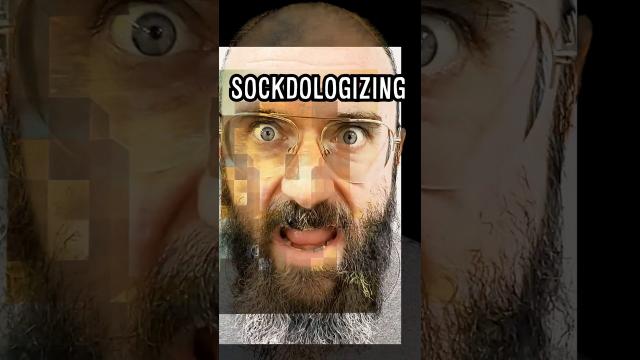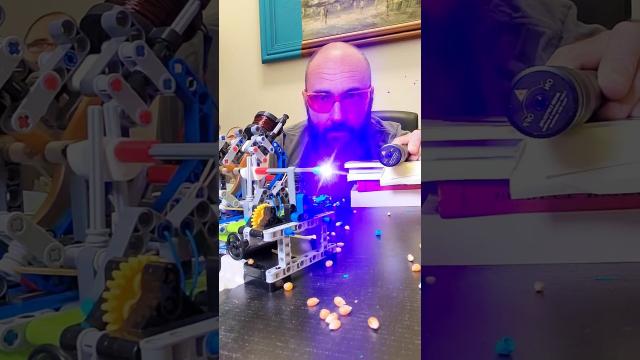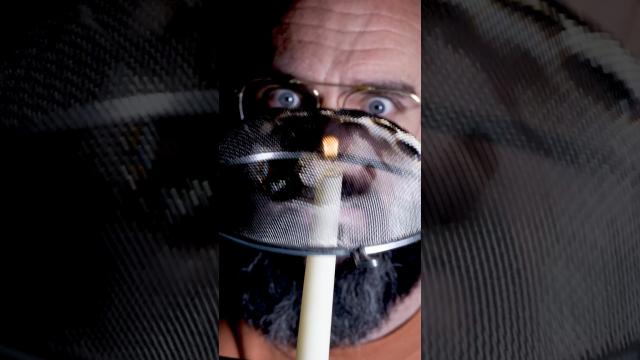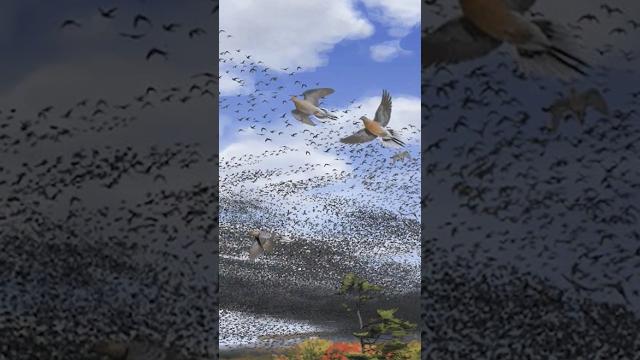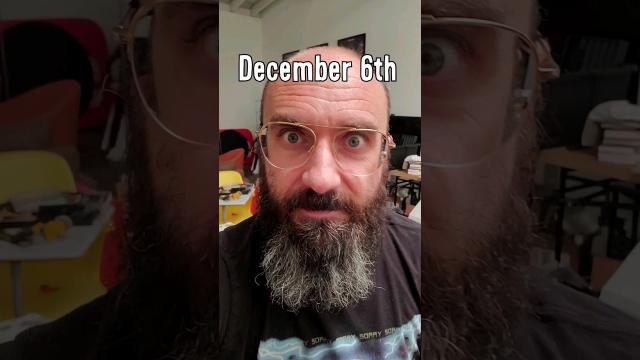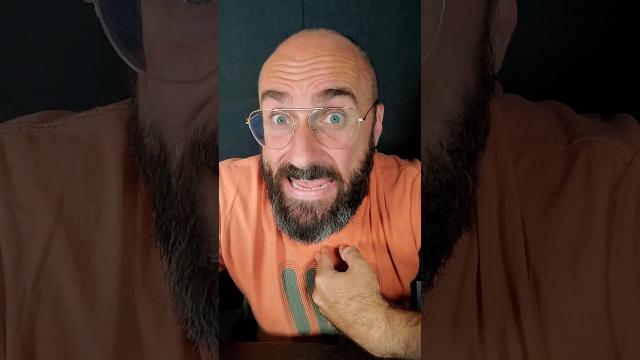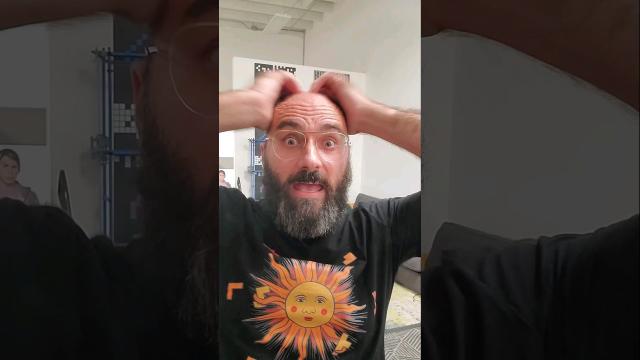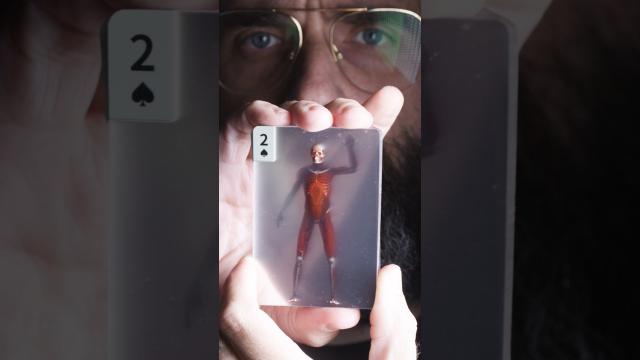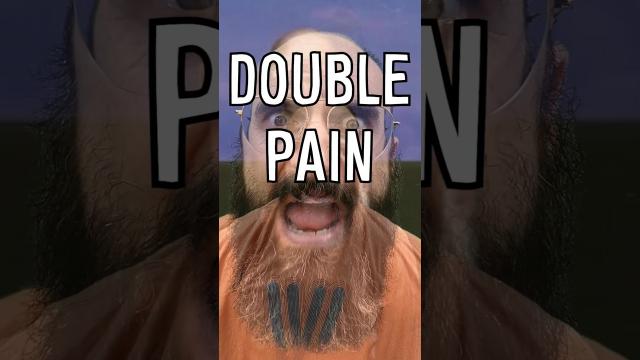Time Travel, Teleportation & Science
Time travel is the concept of moving between different points in time in a manner analogous to moving between different points in space, generally using a theoretical invention, namely a time machine. It has a commonly recognized place in philosophy and fiction, but has a very limited application in real world physics, such as in quantum mechanics or wormholes.
Although the 1895 novel The Time Machine by H. G. Wells was instrumental in moving the concept of time travel to the forefront of the public imagination, The Clock That Went Backward by Edward Page Mitchell was published in 1881 and involves a clock that allowed three men to travel backwards in time.[1][2] Non-technological forms of time travel had appeared in a number of earlier stories such as Charles Dickens' A Christmas Carol. Historically, the concept dates back to the early mythologies of Hinduism (such as the Mahabharata), Buddhism, and Islam through ancient folk tales. More recently, with advancing technology and a greater scientific understanding of the universe, the plausibility of time travel has been explored in greater detail by science fiction writers, philosophers, and physicists.
Teleportation, or Teletransportation, is the theoretical transfer of matter or energy from one point to another without traversing the physical space between them. It has a commonly recognized place in science fiction literature, film, and television, but as yet has a very limited application in real world physics, such as quantum teleportation or the study of wormholes.
Science (from Latin scientia, meaning "knowledge") is a systematic enterprise that builds and organizes knowledge in the form of testable explanations and predictions about the universe. In an older and closely related meaning, "science" also refers to a body of knowledge itself, of the type that can be rationally explained and reliably applied. A practitioner of science is known as a scientist.
In modern usage, "science" most often refers to a way of pursuing knowledge, not only the knowledge itself. It is also often restricted to those branches of study that seek to explain the phenomena of the material universe.
Source : Wikipedia
-
00:48
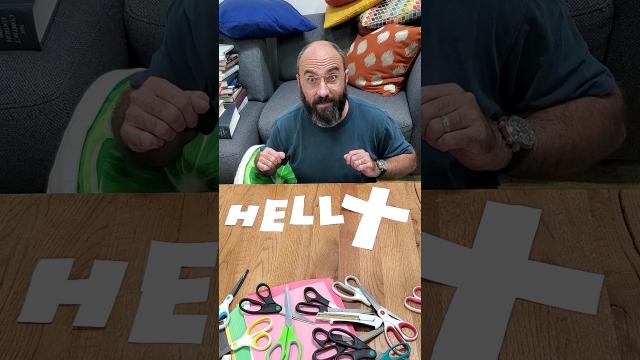
A Trick With TWO Cuts
Added 93 Views / 0 Likesthe first trick is probably at least 100 years old. the earliest known published reference to it can be found in "Modern Mechanics and Inventions" (1929).The cube variation is my own invention.#geometry #papercraft #spiritual #cube #net #craft #trick #sur
-
40:01
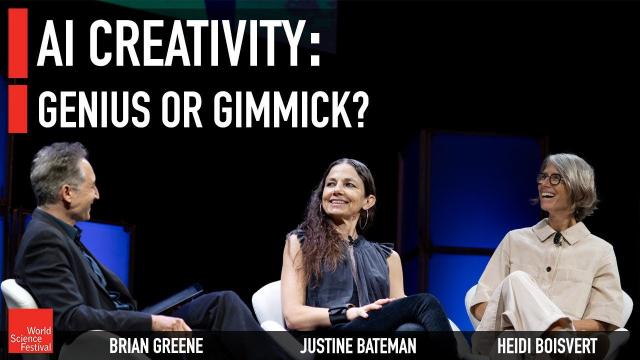
AI Creativity: Genius or Gimmick?
Added 93 Views / 0 LikesAre current AIs merely regurgitation algorithms producing derivative output or can they yield novelty? Actor, filmmaker, and outspoken AI critic Justine Bateman and creative technologist Heidi Boisvert join Brian Greene to tackle this provocative question
-
01:17

Glass masonry
Added 92 Views / 0 LikesA team of MIT engineers are developing a new kind of reconfigurable masonry made from 3D-printed, recycled glass. Using a custom 3D glass printing technology provided by MIT spinoff Evenline, the team has made strong, multilayered glass bricks, each in th
-
23:42
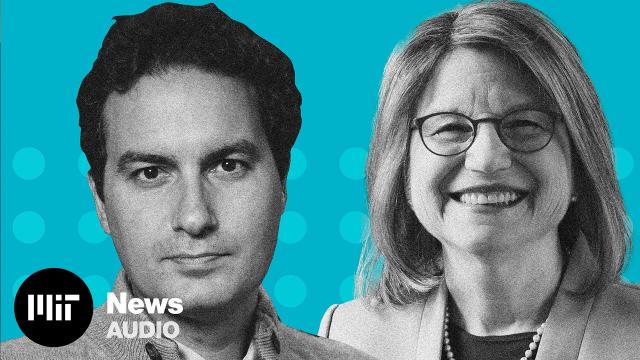
Curiosity Unbounded, Episode 9: Silk, the fabric of more sustainable agriculture
Added 92 Views / 0 LikesBenedetto Marelli is an associate professor in MIT’s Department of Civil and Environmental Engineering. His work is focused on using biomaterials-based innovation to improve agricultural methods, food security, and food safety. In this episode, President
-
00:57
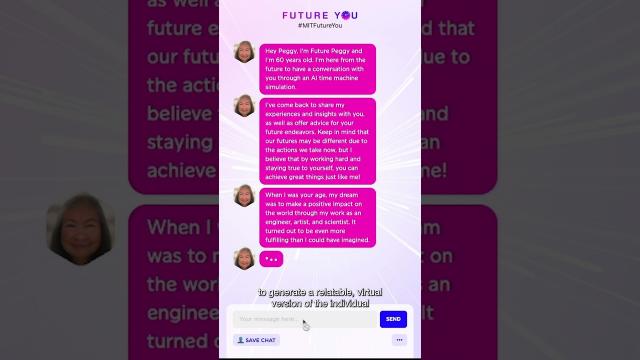
Chat with your future self
Added 92 Views / 0 LikesFuture You is a system developed to allow users to engage in a conversation with and AI-generated potential future self.
-
22:18
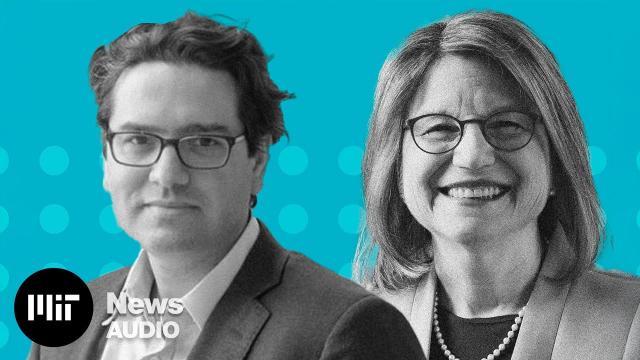
Curiosity Unbounded, Episode 10: Making medicine easier to swallow
Added 92 Views / 0 LikesGiovanni "Gio" Traverso is an associate professor in MIT's Department of Mechanical Engineering and a gastroenterologist at Boston's Brigham and Women's Hospital. His work focuses on innovative methods for drug delivery, diagnostics, and biological sensin
-
40:20
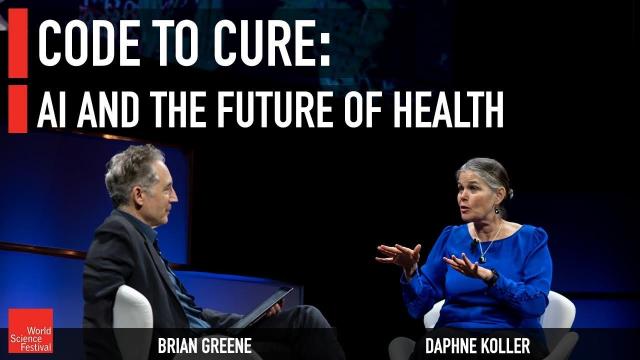
Code to Cure: AI and the Future of Health
Added 91 Views / 0 LikesRenowned computer scientist and Coursera co-founder Daphne Koller joins Brian Greene to discuss her new venture in using machine learning for drug discovery and development.Moderator: Brian GreeneParticipant: Daphne Koller00:00 - Introduction02:20 - Parti
-
00:56
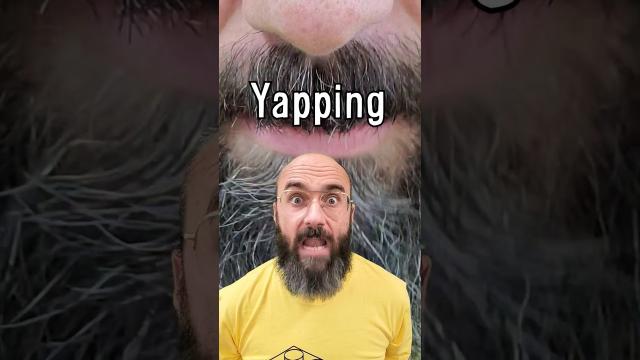
Logorrhea
Added 91 Views / 0 LikesDid Issac Asimov Really Roll His Eyes? Absolutely. #yapping #talking #language #vocabulary #rrhea #flowing #hair #drool #anatomy #snot #suffix #etymology #alphabet #letters #English #crying #zurrhea
-
32:03
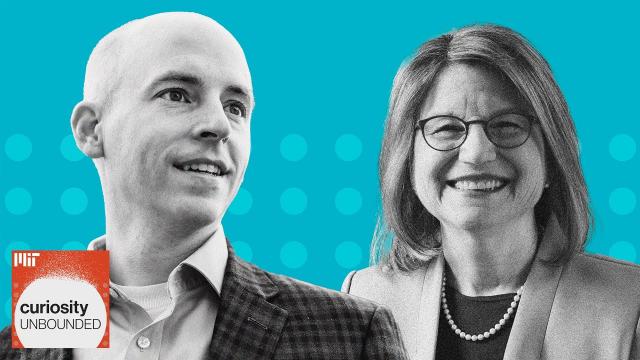
Curiosity Unbounded, Ep. 15: Making sense of your dollars
Added 91 Views / 0 LikesChristopher Palmer is an Associate Professor of Finance at the MIT Sloan School of Management. He is also a Faculty Research Fellow at the National Bureau of Economic Research, and an Affiliate with the Jameel Poverty Action Lab, based here at MIT. In thi
-
05:17
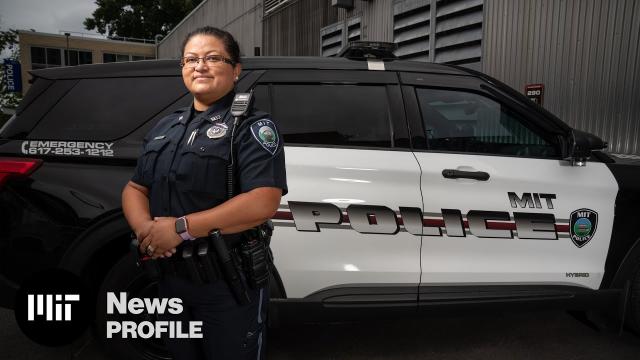
More than a job: MIT Police Officer Yessenia Gomez
Added 90 Views / 0 LikesOn behalf of family and community, MIT Police Officer Yessenia Gomez gives back and pays it forward. From her early life in war-torn El Salvador to becoming an MIT police officer and serving as the President of the Massachusetts Latino Police Officers Ass
-
43:15
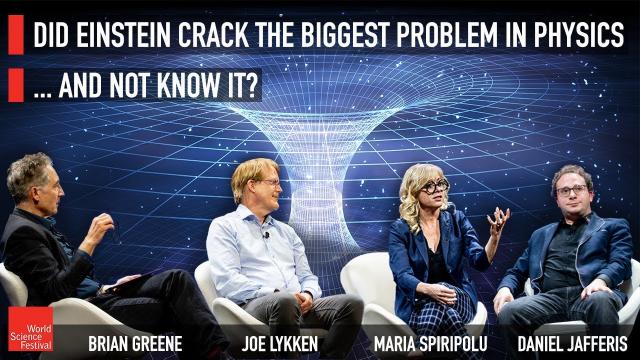
Did Einstein Crack the Biggest Problem in Physics…and Not Know It?
Added 90 Views / 0 LikesJoin Brian Greene and a team of researchers testing Google's quantum computer to glean new insights about quantum gravity from their impressive–if controversial–results.Participants:Maria SpiropúluJoseph LykkenDaniel JafferisModerator:Brian Greene00:00 -

